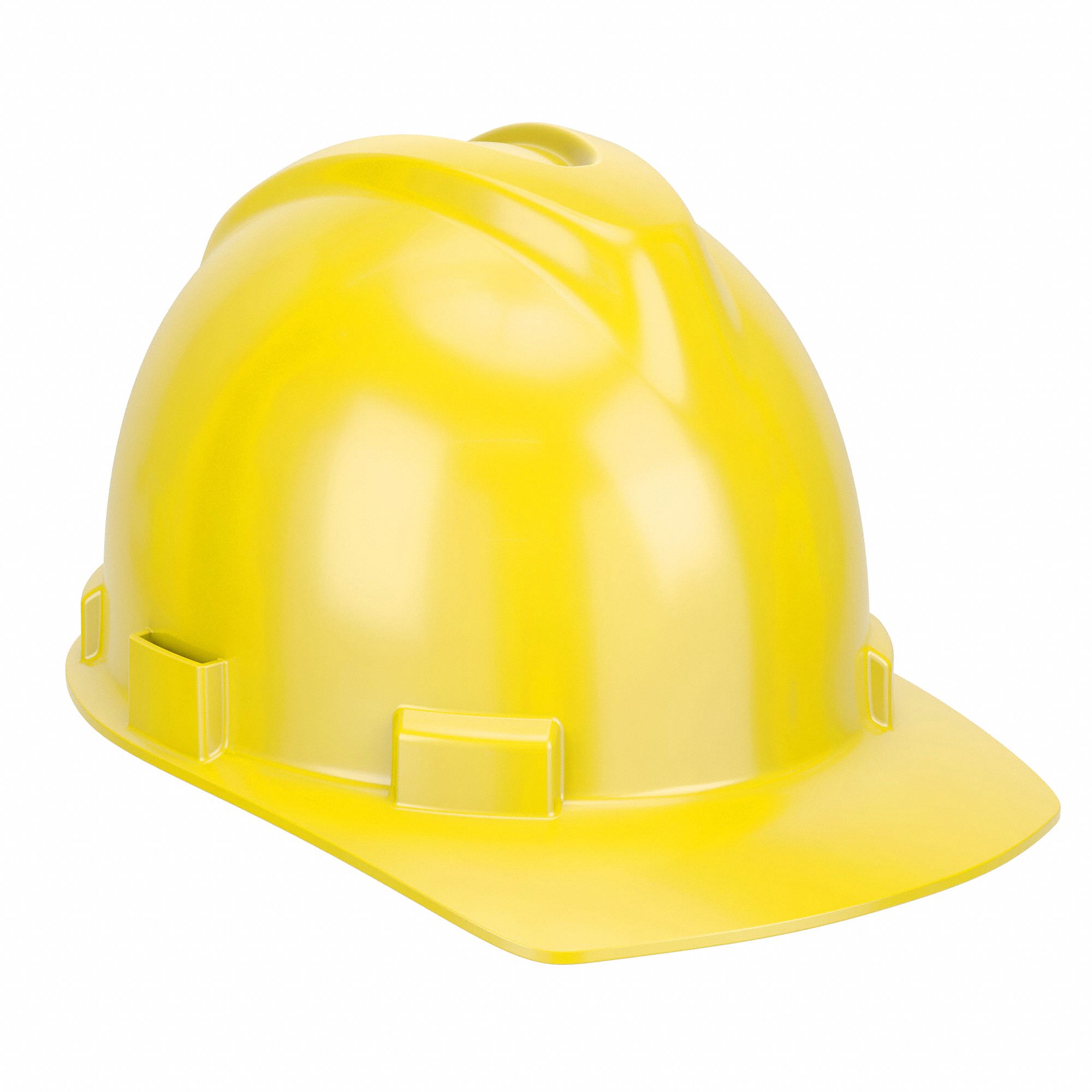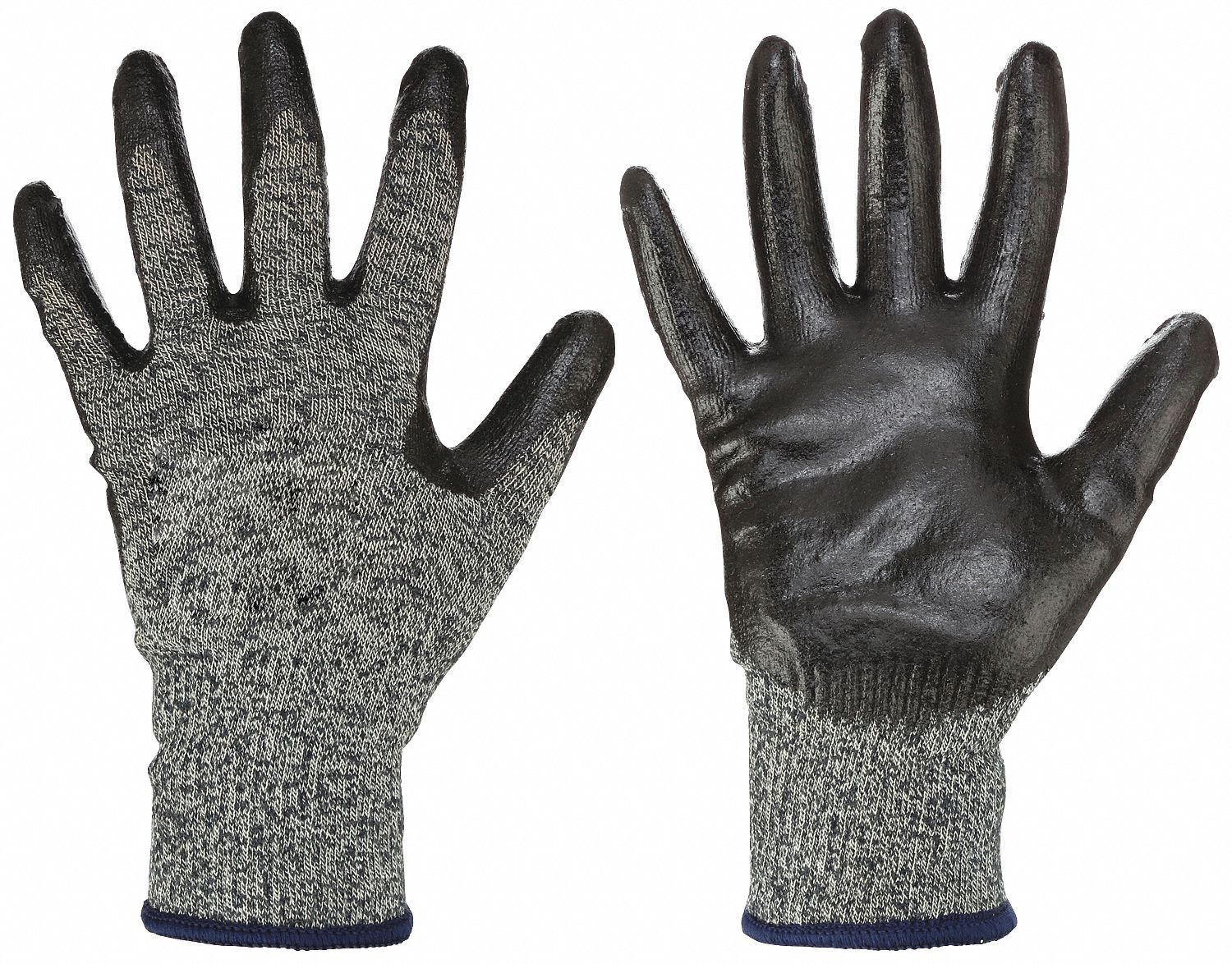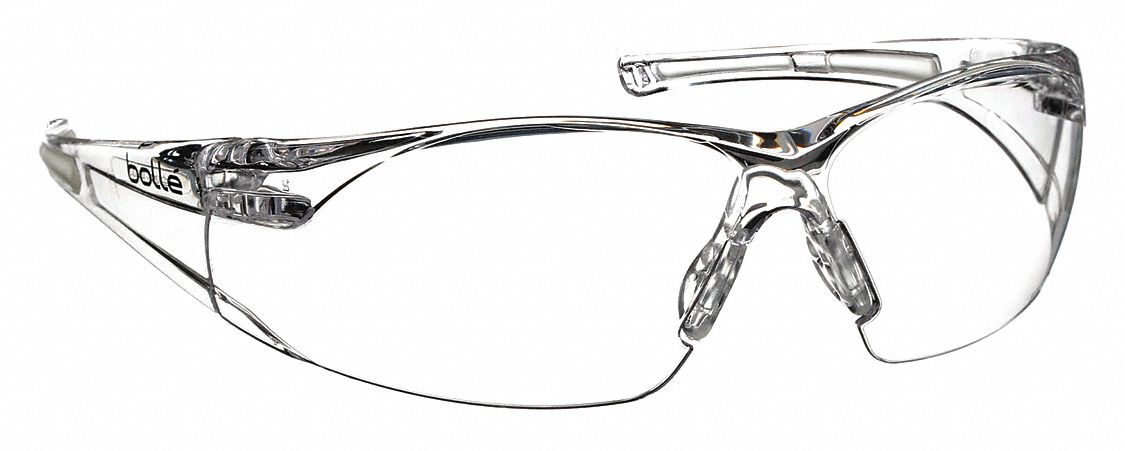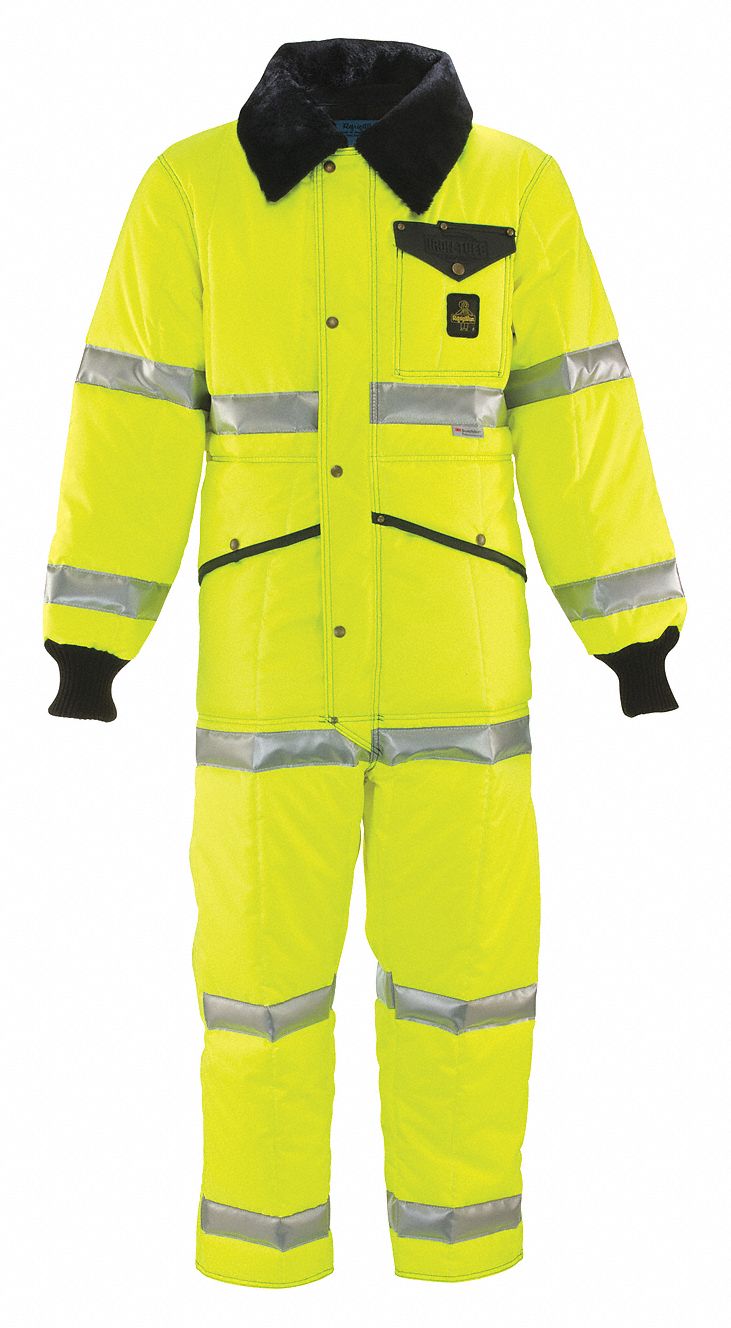

Warehouse Safety Questions and Answers
By Grainger Editorial Staff 12/30/19


With so many safety regulations covering warehouses and distribution centers, it's only natural to encounter some confusion. Looking at answers to some basic warehouse safety questions can help clear up that confusion and put you on the path to a safe, productive warehouse.
Why is safety important in a warehouse?
Warehouses are dangerous places to work. According to EHS Daily Advisor, warehouses have an above-average rate of injury and illness when compared to all industries. And because there are so many different kinds of work happening in a warehouse, the range of hazards is quite broad.
What are the regulations covering warehouse safety?
According to OSHA, warehouses, like most general industry employers, are subject to safety regulations that cover:
- Hazard communication
- Emergency action planning
- Fire safety
- Exit routes
- Walking/working surfaces
- Medical and first aid
Additionally, many warehouses may be subject to regulations covering:
- Machine guarding
- Lockout/tagout procedures
- Electrical hazards
- Forklifts
For more information, see OSHA's compliance quick start tool. OSHA also offers an online pocket guide specific to warehouse safety that you can print out for easy access.
How can employees avoid common warehouse safety hazards?
The first step is to know what these hazards are and where they exist. Some hazards, such as fall-causing spills or debris, may be found almost anywhere in a facility. But there are other hazards that are more often confined to specific areas within a warehouse or distribution center.
For example, forklift-related safety hazards are more likely to occur in the areas where forklifts are working, including loading docks and in receiving, order picking and storage areas.
Falling object injuries, on the other hand, are possible whenever and wherever overhead work is being performed, and repetitive motion injuries are a key safety hazard in packaging and shipping locations, according to OSHA.
Do you have to wear safety boots or protective footwear in a warehouse?
The short answer is yes. OSHA requires the wearing of protective footwear if the work environment presents the danger of a foot injury, which can be caused by hazards such as rolling or falling objects and objects that may pierce the sole of a shoe, or where an employee’s feet are exposed to electrical hazards. Safety boots must comply with safety standards established by the American Society for Testing and Materials International (ASTM) and the American National Standards Institute (ANSI).
Do you have to wear safety glasses in a warehouse?
It all depends on where a person is working in the warehouse. OSHA requires the wearing of eye and face protection when necessary to protect against chemical, environmental, radiological hazards and mechanical irritants. Since no two warehouses are exactly the same, managers need to determine which areas pose these dangers. For instance, packaging and shipping in some distribution centers (but not others) may involve mechanical irritants. If eye or face hazards are present, the protection equipment must fit snugly and be easily cleanable, durable, comfortable and able to be disinfected. This OSHA tool gives more guidance.
Do you have to wear a high-visibility safety vest in a warehouse?
In a typical warehouse with forklifts traveling from inbound and outbound docks to receiving, storage and order picking areas, high-visibility apparel should be considered. In a warehouse environment, ANSI/ISEA 107-2015: American National Standard for High-Visibility Safety Apparel and Accessories recommends the wearing of Type O apparel, which provides “daytime and nighttime visual conspicuity enhancement.”
Is warehouse employee safety training required by law?
Several OSHA standards explicitly require employers to train employees in the safety and health-related aspects of their work. Obviously, the goal in all cases is to prevent or reduce the risk of employee injury and illness. However, each worksite involves a diverse range of hazards, which is the case with both warehouses and distribution centers. Different tasks within a warehouse require specialized safety training expertise. Training focused on that expertise is paramount.
![]()
The information contained in this article is intended for general information purposes only and is based on information available as of the initial date of publication. No representation is made that the information or references are complete or remain current. This article is not a substitute for review of current applicable government regulations, industry standards, or other standards specific to your business and/or activities and should not be construed as legal advice or opinion. Readers with specific questions should refer to the applicable standards or consult with an attorney.











